Japanese international schools in Sydney. A quick guide
If you’re a Japanese expat looking to move to the Sydney area, you may be interested in looking for a Japanese school for your children. You may be keen for...

There are a lot of reasons to consider a life down under. If tons of sunshine, regular surfing and year-round warm weather are appealing to you, you’ll probably feel right at home in Australia.
Now for the bad news: Australia has the 12th highest cost of living in the world. Since you can expect to shell out so much more for living expenses, it’s important to save as much as possible during the move. Luckily, there are some tips you can use to make your move to Australia as cost-effective as possible. Read on to learn some money-saving hacks.
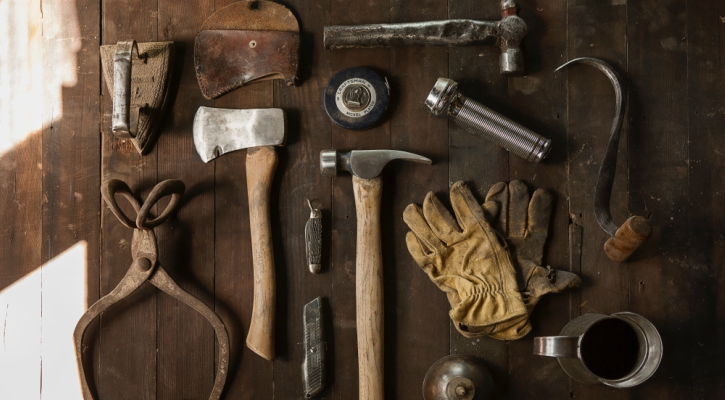
Hiring movers may sound like it’s worth the time you’ll save, but it can cost you hundreds or thousands to have professionals pack up your things, something you can easily do yourself. To make the job go quicker and easier, enlist the help of friends or family members. Packing yourself will also encourage you to only box up the things you really need to take with you when you move, which leads us to our next hack.

Don’t pack up and transport anything you don’t really need to, because it’s a serious waste of both time and money. Instead, get rid of your furniture and belongings before you move, keeping in mind that it’s all just stuff that will be easily replaceable once you get to your new home in Australia. Getting rid of all your things will be a truly freeing experience, and you can, of course, hang onto items that are sentimental or truly irreplaceable, like family photos. Take those with you when you move, or store them in a safe place like a family member’s house.
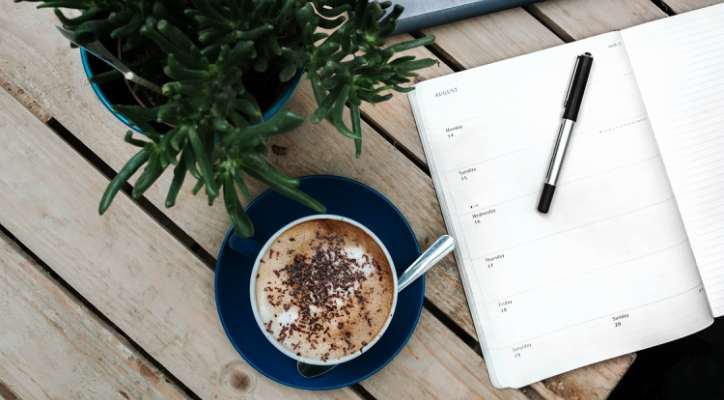
Moving takes a lot of planning. There will be loose ends in your old country, and not tying them up correctly could end up costing you money. Forget to pay a last minute bill? That’s going to cost you if it gets sent to collections. Take a few steps to make sure you’re not forgetting any of those loose ends. Your wallet will thank you for the adulting.
Step one is to set aside some time to sit down and make a to-do list for your move. Try to think of everything you need to accomplish, and then cross things off as you finish them. You’ll be far less likely to forget or overlook things that way.
Once your list is done, estimate the cost of each item, like unpaid bills and moving expenses. Then you can create a budget for your move so you’ll have a better idea of how much you should plan to spend as you relocate.
That gym membership that’s on autopay? That’s money out of your pocket every month if you forget to cancel it. Magazines that get mailed to your old address, streaming services like Hulu that aren’t available outside the U.S. — make sure you remember to cancel these before you move.
It’s more expensive to hire movers at the end of the month, or in the fall when students are moving for school. Because more people are moving then, housing becomes scarcer, meaning you could get stuck with a more expensive home because of a lack of options. Moving in the middle of the month is a simple way to save a few bucks.
Estimating the cost of an international move can be tricky, but there are online calculators, like this one, that can help.
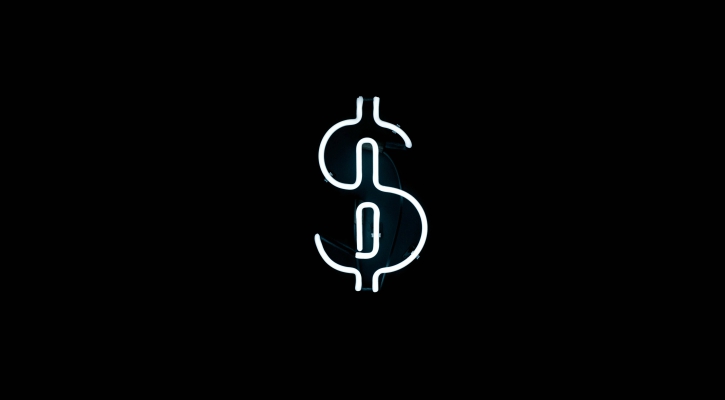
It’s not hard to open a bank account in Australia, but right when you move there, you may not yet have documents that the bank will require to get you set up. In the meantime, you’ll need other ways to access your money.
You can always withdraw cash from ATMs, but you may be charged fees. And be careful of ATMs that offer to do the transaction in your home currency instead of Australian dollars — this is usually a Dynamic Currency Conversion (DCC) charge, which means the bank is converting the withdrawal amount at a conversion rate of its choosing and keeping the difference as a profit. Luckily, this is easy to avoid; just choose Australian dollars as the currency you want to complete your transaction in, and calculate the conversions yourself. It takes more math, but it will save you money in the end.
Another option for making sure your money is available once you arrive in Australia is to use a Wise multi-currency borderless account, which allows you to hold and manage money in multiple global currencies at once. You can then transfer money to a bank account when you need it, or use a Borderless consumer debit card, which will be available for Borderless account holders by 2018.
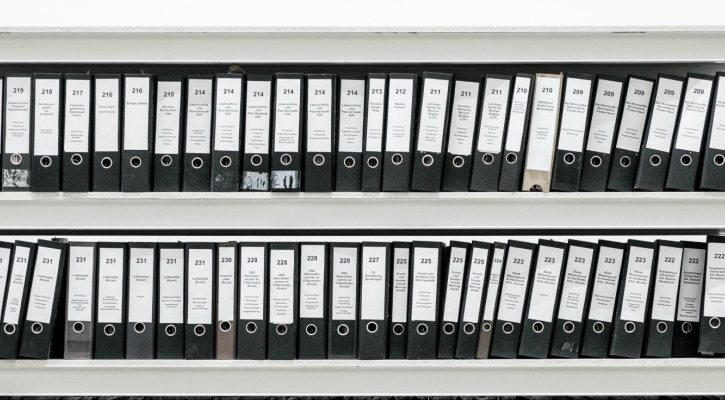
Some types of Australian visas require Assurance of Support from an Australian resident, which can cost between AU$5000-AU$7000. Check with the Australian Immigration Department to see if you’re required to have Assurance of Support for your move, and if you are, don’t forget to budget for the extra cost.
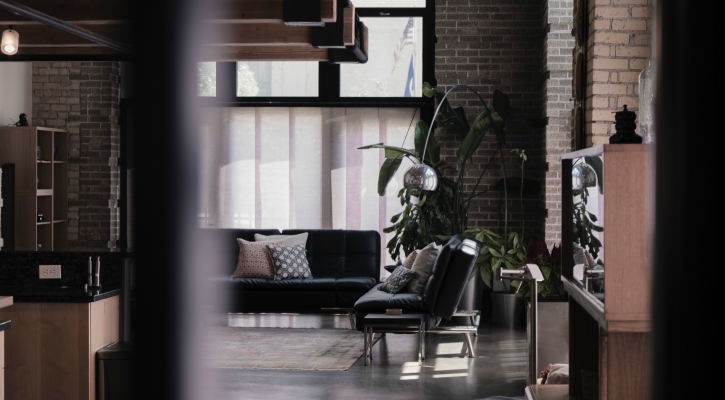
Furnished rentals aren’t too common in Australia, but they can be found, although they’ll generally cost a little more in rent than unfurnished homes. If you rent an unfurnished home or buy a home, look for furniture in secondhand shops, where you can get gently used pieces for a fraction of the cost of new ones.
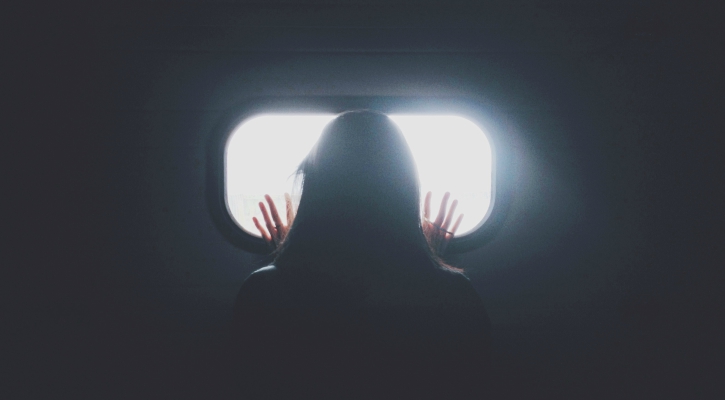
Flights to Australia are notoriously expensive. Keep in mind that this part of your move will come with a hefty price tag — likely AU$700 or more.
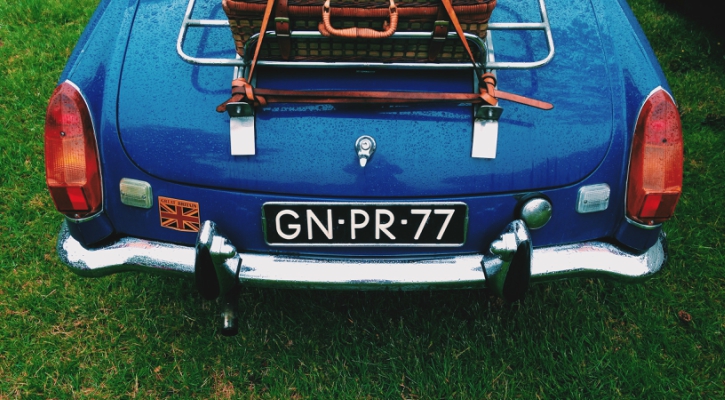
Just the cost of shipping your car to Australia from another country is already expensive. Then there are the import taxes you’ll have to pay, which can add up to thousands, depending on the type of vehicle you drive. For almost any international move, you’re better off selling your car in your home country and using the money to purchase a new one once you arrive in your new country.
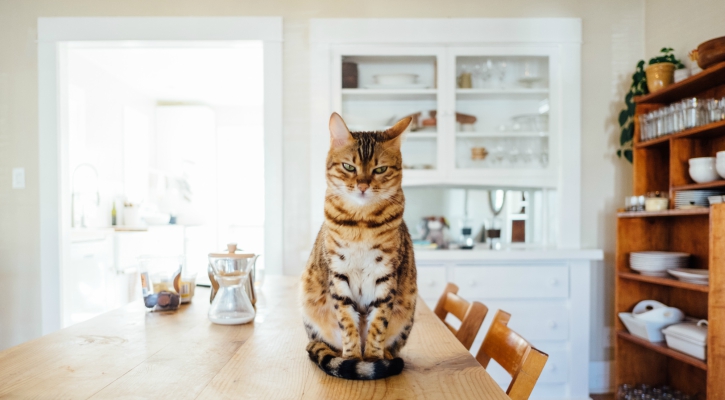
Australia has some of the world’s more stringent regulations for importing pets. You’ll have to apply for an import permit for each pet and pay a fee, which varies depending on the type of animal and your home country. Upon entering Australia, all animals must be quarantined for lengths of time that vary depending on their country of origin. The country has two quarantine centers, one in Sydney and one in Melbourne, and you’ll be responsible for boarding costs while your pet is in quarantine, as well as the cost of transporting your pet from the quarantine center to your home.
With these hacks in hand, a move to Australia should seem well within your reach. Good luck saving money, and good luck with your new life in Australia!
*Please see terms of use and product availability for your region or visit Wise fees and pricing for the most up to date pricing and fee information.
This publication is provided for general information purposes and does not constitute legal, tax or other professional advice from Wise Payments Limited or its subsidiaries and its affiliates, and it is not intended as a substitute for obtaining advice from a financial advisor or any other professional.
We make no representations, warranties or guarantees, whether expressed or implied, that the content in the publication is accurate, complete or up to date.
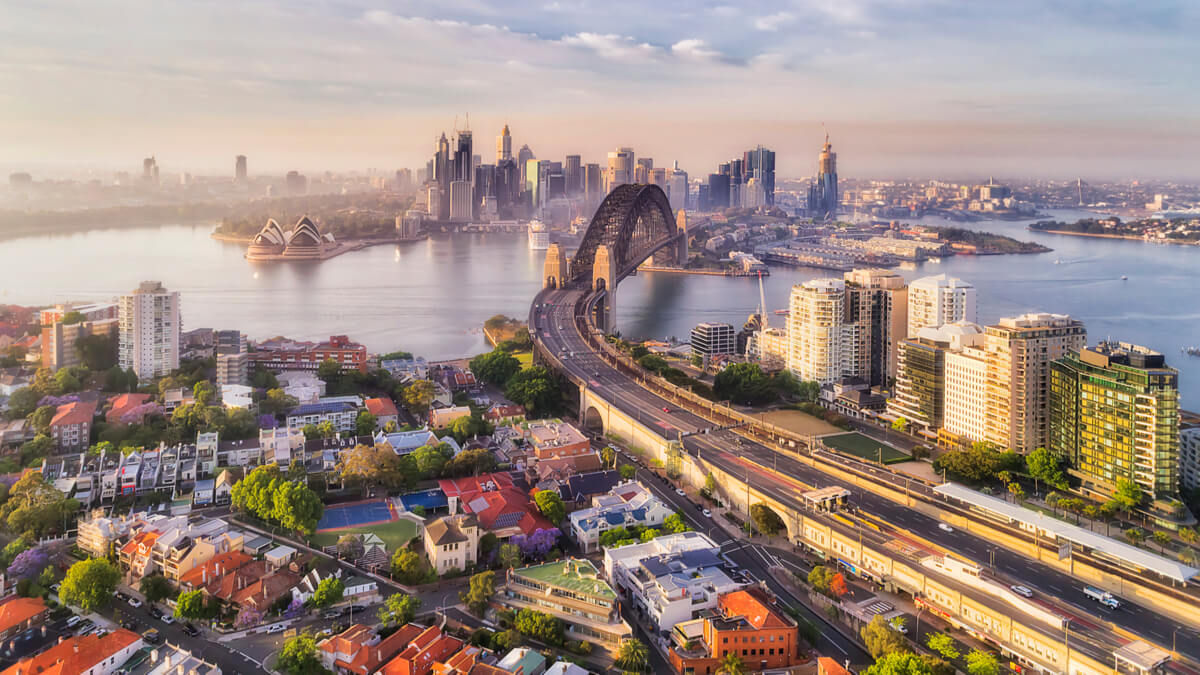
If you’re a Japanese expat looking to move to the Sydney area, you may be interested in looking for a Japanese school for your children. You may be keen for...

Looking to move to Sydney and want to know the various costs of living? Here’s what it costs to live in Sydney.

Looking to move to Melbourne and want to know the various costs of living? Here’s what it costs to live in Melbourne.
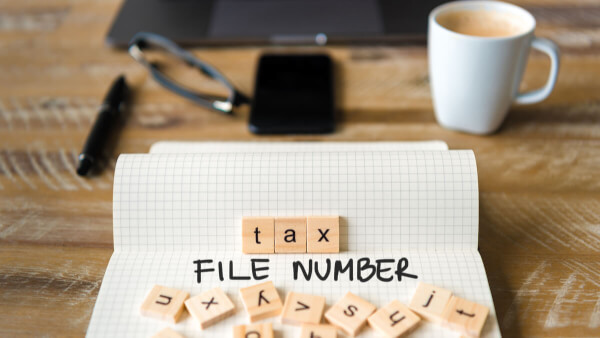
If you’re an Australian citizen, or if you live and work in Australia as an expat, then you’ll likely want to get a tax file number (TFN). Having a TFN helps...
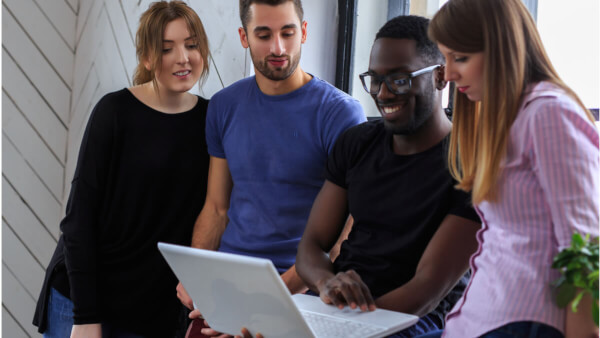
Looking for student job ideas you can do while you study in Australia, here are some for you as well as what you need to know to get started.
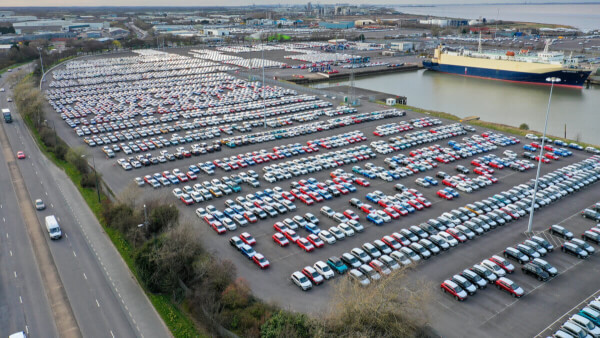
If you’re making the move to Australia from the UK or have an appreciation for British cars, then you might be considering importing a car. This article will...